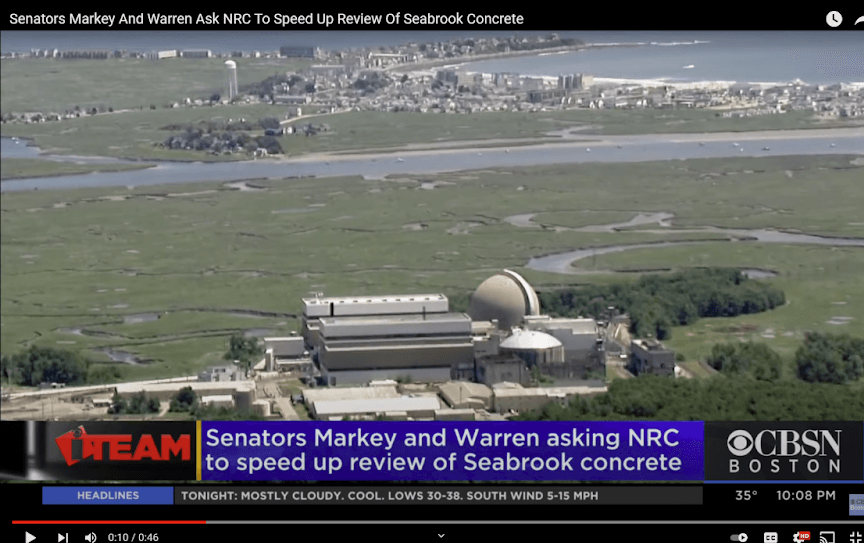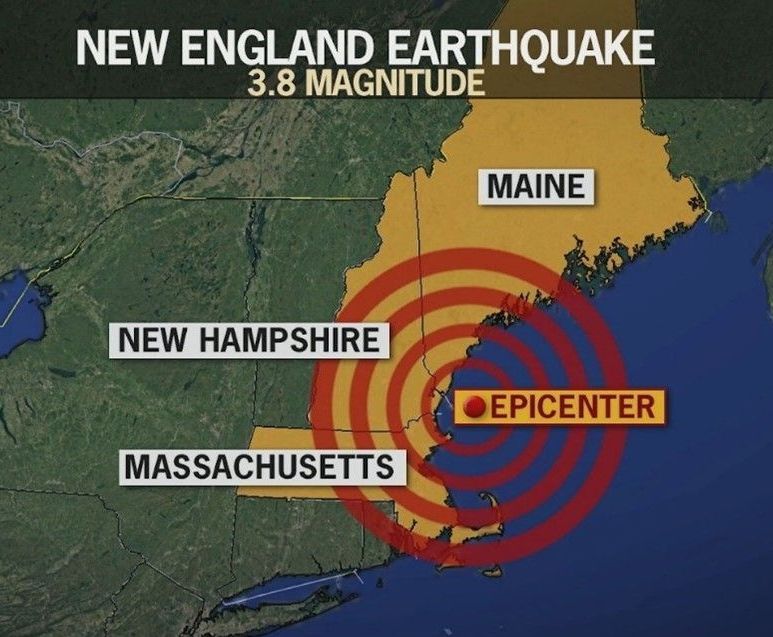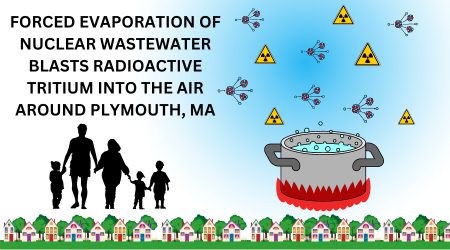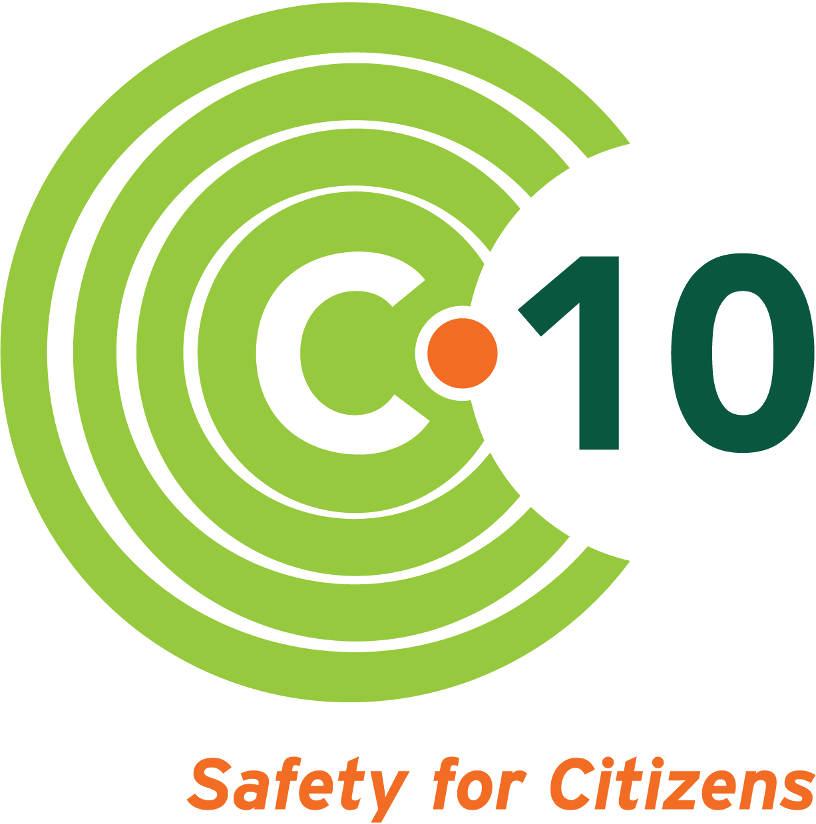“Structural behavior may no longer be assured”
- By Sarah Doenmez
- •
- 19 Jan, 2022
NRC says corrective action needed to ensure Seabrook's safety
At the urging of C-10, Massachusetts U.S. Senators Ed Markey and Elizabeth Warren recently called on the U.S. Nuclear Regulatory Commission (NRC) to pursue a scientific review of concrete degradation known as alkali-silica reaction (ASR) at the Seabrook Station nuclear plant “that is of sufficient breadth and depth to develop an ongoing solution for ASR monitoring and management.”
Their letter in December 2021 is a reaction to the finding in the NRC’s quarterly inspection report from August 2021, which found that conditions at Seabrook are becoming increasingly unsafe because the concrete is decaying faster than expected and there is no projection for the future rate of expansion.
The inspection report states that “Seven Seabrook structures…would require physical modification or additional analysis to comply with their current licensing and design basis requirements.”
Additional study is certainly needed, and C-10 appreciates the Senators’ leadership in pushing for independent experts to make recommendations. The NRC lacks comprehensive regulations that companies must follow in handling ASR, since Seabrook is the first nuclear plant in the U.S. known to be afflicted with ASR “concrete cancer.”
In the past, the NRC has relied heavily on NRC engineering judgment without the advice of independent experts on new safety issues for which there are no NRC regulations. Independent study is needed now to create the future modeling which plant owner NextEra Energy has not performed, and is critical to understanding the level of danger to the public created by the decay of Seabrook’s concrete and the deformation of its buildings. Given that the ASR has progressed so much more rapidly than expected, the question of concern is how much time we have for further study before structures reach a critical point.
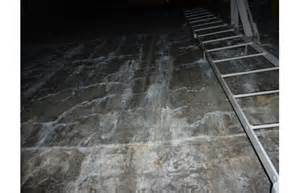
A Timeline is Needed
The license amendment granted to Seabrook by the NRC in March 2019 presumed limits to the expansion of ASR. But by June 2021, NRC reported that seven buildings were found to “require physical modification or additional analysis to comply” with the new license requirements. What physical modifications would make those structures safe? How and when will those modifications be made?
The NRC has indicated that studies of remediation pathways are underway but have been vague about the timeline, mentioning that NextEra could take a few years to submit their plan. What we do know is that reinforcing these massive concrete structures would entail major engineering that would cost many millions of dollars.
When will plans for these physical modifications be disclosed to the public? Will the plans be peer reviewed and correlated to the independent scientists’ projections for the rate of ASR decay? C-10 calls on NextEra to address these structural concerns swiftly, and for the NRC to be transparent about the timeline and process. The public deserves to know what actions NextEra is taking and when the plans for physical modifications will be completed, reviewed and acted upon.
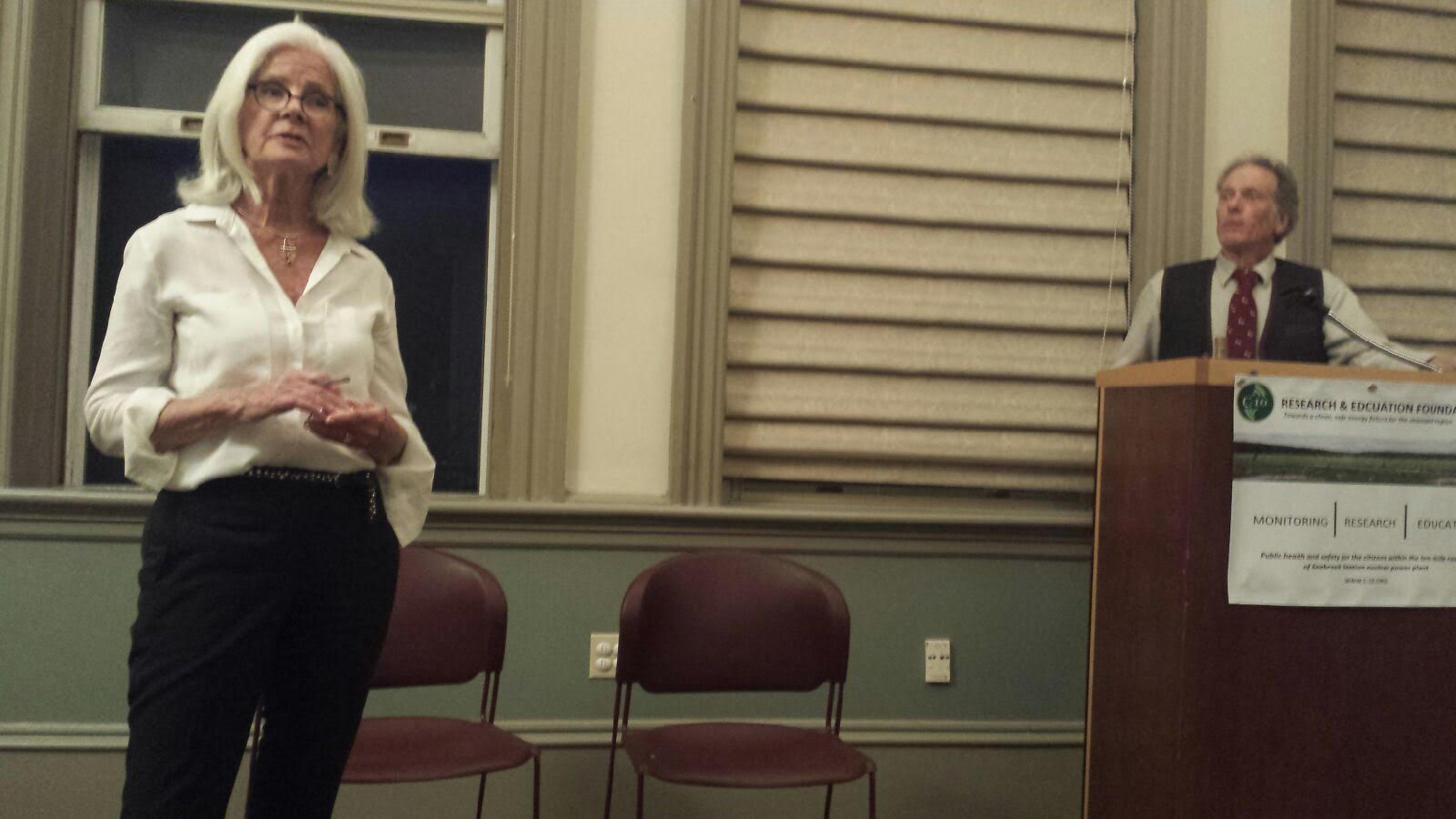
C-10 Has Been Working for Decades to Ensure Seabrook’s Safety
The inspections that brought the state of Seabrook’s ASR to light are a direct result of C-10’s efforts to ensure that NextEra is monitoring and addressing the pervasive concrete decay at Seabrook, which has been underway since 2009, when it was first detected.
As a result of C-10’s efforts (see the blog on our legal challenge relative to the management of ASR at Seabrook) increased inspections of Seabrook Station’s concrete degradation were required in 2020. Seabrook’s original license included no conditions about monitoring its concrete, as it was not then recognized that ASR concrete degradation, though common in roads and bridges, would impact nuclear power stations.
Seabrook was granted a license amendment on March 11, 2019, which included changes to the Updated Final Safety Analysis Report to allow Seabrook to keep operating even with the ASR concrete degradation. A License Extension Request to operate until 2050 was granted on March 12, 2019 (See a timeline and links to key events here.)
Originally, the Nuclear Regulatory Commission allowed NextEra to monitor areas of decaying concrete at specified intervals of 6 months, 1 year, 3-5 years, or 10 years. C-10 knew that was not enough, because no one has ever determined the rate of concrete decay at Seabrook to be able to predict its future trajectory.
This is why C-10 challenged Nextera’s request for a license amendment and was supported by Dr. Victor Saouma, a world-renowned expert in ASR, to clarify the need for precise modeling to get a clear picture of the progress of the concrete degradation at Seabrook Station. The NRC's Atomic Safety and Licensing Board agreed with C-10 on the need for more frequent inspections, and ordered that these be carried out. For more on Dr. Saouma's analysis, see this discussion of his recent book featuring ASR issues at Seabrook.
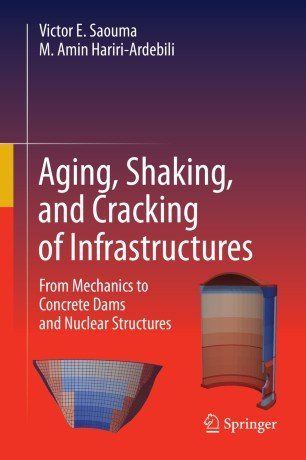
More Inspections Led to More Findings
Last August, Seabrook’s NRC inspectors published a quarterly inspection report based on those inspections. The report showed that the ASR decay is far more widespread than had previously been acknowledged, and that it is progressing faster than had been believed. In total, seven structures were found to be out of compliance with license requirements. In four of these seven, the ASR degradation may be at a point that compromises safety systems.
The NRC cited NextEra for a violation based on “Inadequate Operability Determination for Structures Outside the ASR Evaluation Methodology: NextEra staff did not adequately account for the future progression of alkali-silica reaction (ASR) (i.e., a time dependent mechanism) in their prompt operability determination (POD) for several Seabrook structures. Specifically, NextEra staff did not trend and project the periodic threshold monitoring data for the affected structural elements to ensure the structures would remain capable of performing their safety functions to the next scheduled inspection” (p. 9 of the report).
This means that NextEra is monitoring the degradation but they are not using their data to project whether Seabrook Station will remain safe until the next inspection. The NRC must establish clear regulations for safety in structures with ASR decay generally, and must impose a clear deadline within a safe time frame for NextEra to create the projections to determine whether Seabrook’s structures can perform their safety functions, and keep us safe.
Will the Structures Remain Functional Until the Next Inspection?
The report states that four structures are already outside the license criteria. “The inspectors reviewed the consolidated POD documented under AR 02276197 that evaluates Seabrook structures affected by ASR with discrete structural elements that do not meet NextEra’s current licensing and design basis. The inspectors focused on four specific structures: emergency feedwater pump house; service water cooling tower; control and diesel generator building; and a mechanical penetration area.
These are Seismic Category I reinforced concrete structures designed as described in the Seabrook Updated Final Safety Analysis Report Section 3.8.4 and house various safety-related systems and components" (p. 9). These decaying and cracking structures house key safety components. If they degrade further, what will be the impact on those safety systems and components?
The NRC says that NextEra has not ensured “the structures would remain capable of performing their safety functions to the next scheduled inspection” (p. 9, emphasis added). What if they don’t perform those safety functions? What steps must NextEra take to return to its design basis requirements and ensure that the safety systems and components perform as intended? The NRC must clarify its expectations of NextEra to the concerned public.
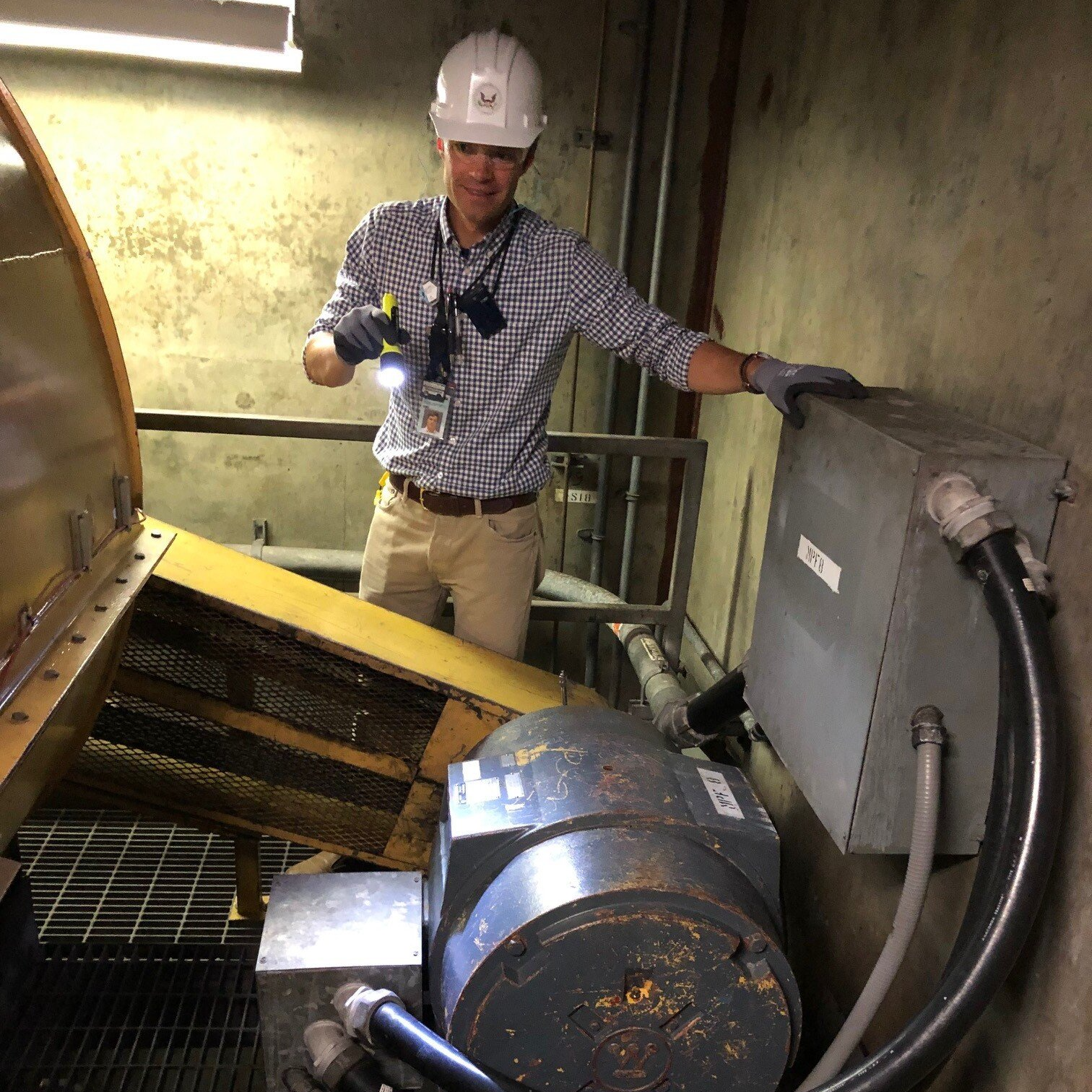
Seabrook is Operating Outside Current Licensing and Design Basis
In addition to the four structures mentioned above, inspections identified another three for a total of seven structures currently outside licensing requirements and in need of repair. “Upon completion of the structural evaluations …, NextEra staff determined there were seven Seabrook structures that had specific structural elements (walls, slabs or beams) that would require physical modification or additional analysis to comply with their current licensing and design basis requirements.” (p. 14)
The NRC has stated that Seabrook is operating outside its license conditions. How long can this be allowed to continue? Why does the NRC allow Seabrook Station to operate outside its license requirements? What are the rules for enforcing compliance with license requirements? The NRC must enforce compliance with the licensing requirements and publicly clarify what that will mean, so that the public knows how Seabrook’s structures will remain safe.
“Failure Should Be Addressed”
The inspection report states: “For those instances where individual walls, beams or slabs in certain structures covered by NextEra’s POD do not meet the code acceptance criteria, structural behavior may no longer be assured within elastic limits, and rebar yielding, or failure should be addressed in the POD or other appropriate document to demonstrate conformance with this license condition. “ (pp. 13-14) In short, the NRC inspectors were not sure that walls, beams and slabs wouldn’t fail and that rebar in that concrete wouldn’t give way. What the NRC is asking of NextEra is that they produce a document detailing their plans for remediation. They are not yet requiring NextEra to correct conditions of potential failure.
C-10 wants to know more. How would NextEra handle such concrete failures? What conditions would wall, beam, slab or rebar failure create? What would that mean for structures, especially in the event of an earthquake? Could radioactive gasses or waters escape in a worst-case scenario?
“Longer-Term Corrective Actions” Needed
The NRC concludes their report asking NextEra to document “longer-term corrective actions (i.e. physical modifications)” based on data from their building deformation monitoring program for the control building and the diesel generator building. (p. 16)
So let’s be clear: Seabrook Station is monitoring the deformation of its buildings based on concrete decay. Two of those buildings are the control building and the diesel generator building, which contain safety systems. These two are on the list of buildings that were already operating outside of the license requirements when the report was published last August. NextEra is reportedly working on a plan for fixing these buildings, but there does not appear to be any deadline or specific expectation for progress on the plan, let alone the actual remediation work. And the ASR is clearly progressing faster than expected.
Independent experts must be involved in determining what longer-term corrective actions should be taken, and when they need to be taken, in order to protect public health and the environment. The letter from Senators Markey and Warren makes clear that such action should happen swiftly.
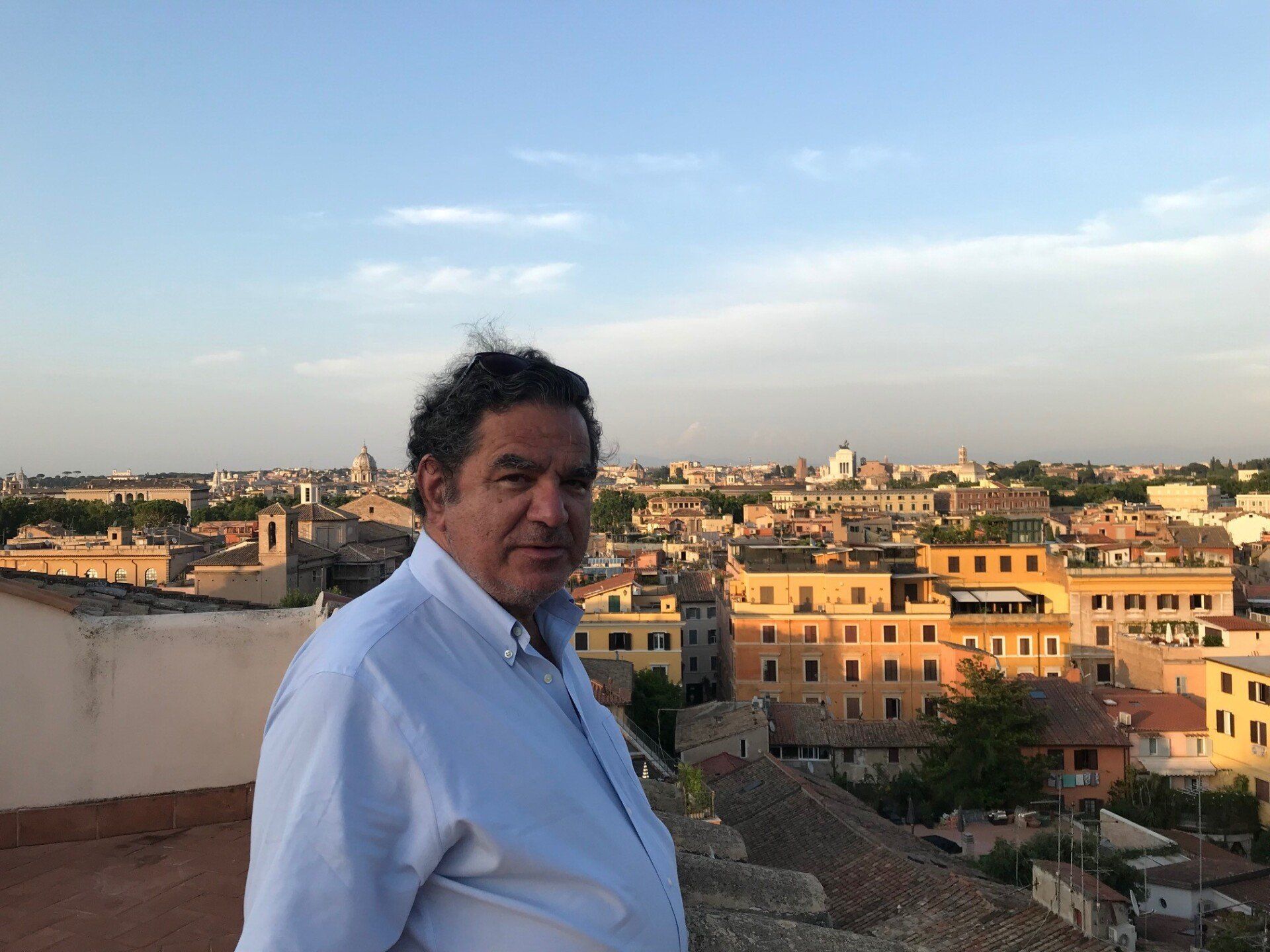
An Unacceptable Risk
C-10 calls on the NRC to exercise its authority to keep us and the environment safe and to enforce the conditions of Seabrook’s license. If the NRC determines that Seabrook is not safe, then they need to take immediate action to compel NextEra to make the “long-term corrective actions” and “physical modifications'' that the NRC’s own inspectors say are necessary.
As stated by Dr. Victor Saouma in his book, "Under the circumstances, (I) would argue that Seabrook is not demonstrably or assuredly safe….The structure is at a societally unacceptable risk and the regulating agency owes a credible safety assessment to the public living within the 10-mile radius and beyond."
Your Voice Matters
If you are concerned about these issues, you can write to NRC Chairman Christopher Hanson to reinforce C-10’s message that the NRC must take immediate action to compel NextEra to develop and publish their plans for the long-term corrective actions for physical modifications needed to keep Seabrook Station safe and structurally sound.
The Honorable Christopher T. Hanson
U.S. Nuclear Regulatory Commission
Mail Stop 0-16B33
Washington, D.C. 20555-0001
Chairman@NRC.gov
You can also contact your state legislators to let them know your position and ask that they write Chairman Hanson in support of Senators Markey’s and Warren’s call for independent scientific study. Or write to your local newspaper to spread awareness of the problem of degrading concrete at Seabrook, and the need for stronger oversight.
Contact C-10 Research and Education Foundation
If this blog has piqued your interest or if you have questions, check out our website at c-10.org or contact us for further information. C-10 exists in part thanks to our members. Please join us to support our efforts to hold the NRC and NextEra accountable and keep Seabrook safe!
Works Cited
C-10 Brings Legal Challenge To Seabrook’s Concrete Testing and Monitoring. C-10 Research and Education Foundation.
Oversight Letter from Senators Markey and Warren to NRC Chairman Christopher T. Hanson. December 10, 2021.
Seabrook Concrete Case featured in New Book by C-10’s Expert. C-10 Research and Education Foundation. April 16, 2021.
United States Nuclear Regulatory Commission. SEABROOK STATION, UNIT NO. 1 – INTEGRATED INSPECTION REPORT 05000443/2021002. August 11, 2021. https://irp.cdn-website.com/1cc0687d/files/uploaded/SB%202021002FINAL.pdf
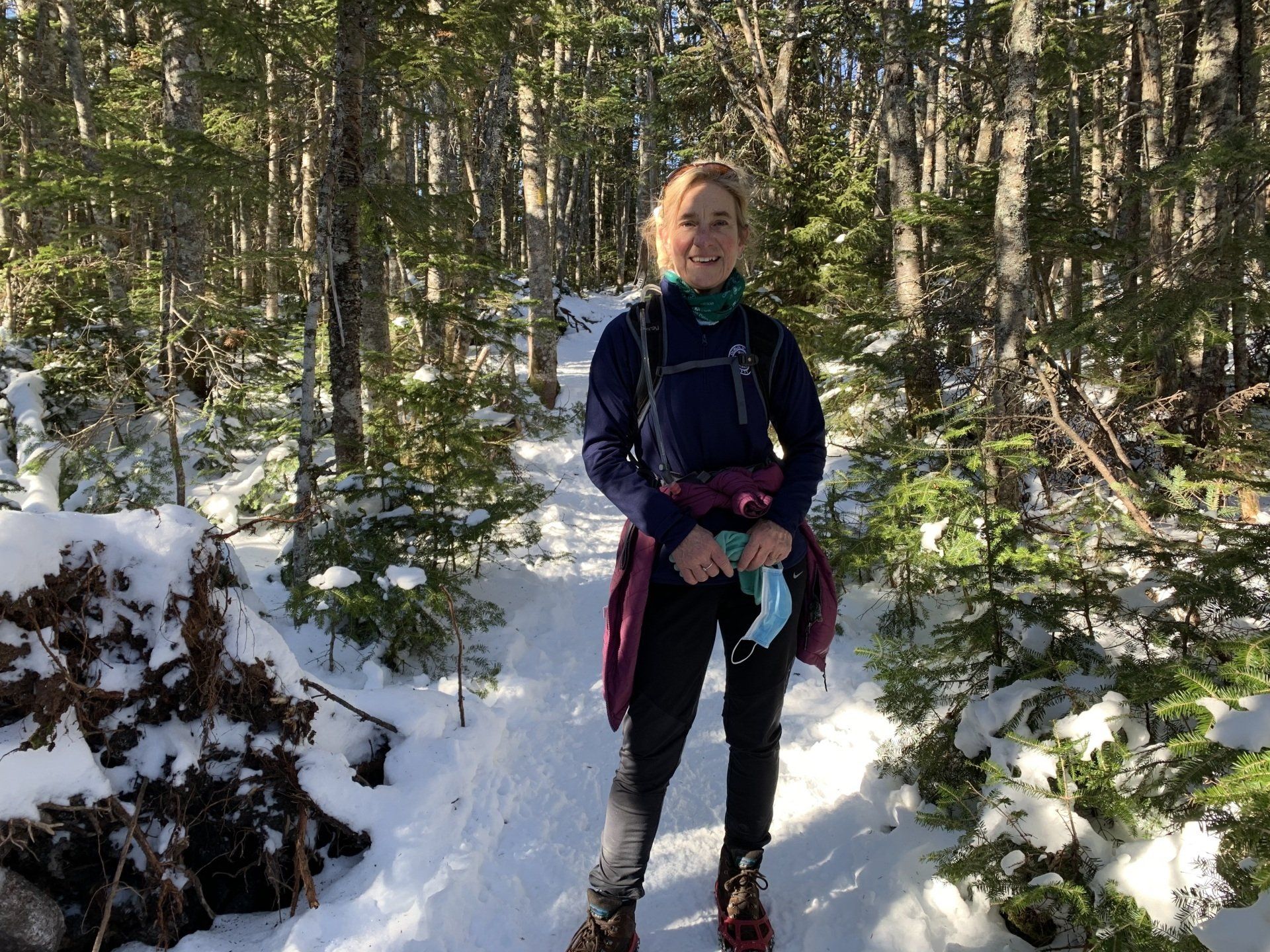
Follow us

